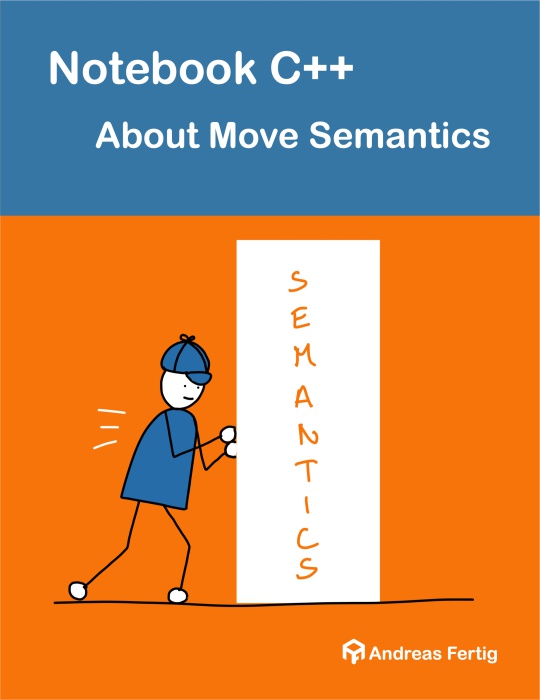
Please login to comment
Notebook C++: About Move Semantics
The idea of the Notebook C++ series is to share some tips and tricks about various C++ elements. All books in this series are short and small, one for each major topic. Such that the paperback version can be carried around easily.
About Move Semantics
This part of the series is all about move semantics. I will introduce the feature to you in an unconventional but easy-to-understand way. Move semantics are nothing special, after all.
We'll start looking at what move semantics is, how it works, and why we should stay away from std::move most of the time. We establish some rules about when to use std::move when std::forward. You learn about why not to move return values or temporary objects. Do you want the best speed from your custom data type and the STL? No problem, you will learn what your class must look like to achieve this.
In the end, you also learn about features not seen that often, such as reference qualifiers, how they work, why they are there, and when to use them.
All in all, after having read this book, you have a solid understanding of move semantics.
